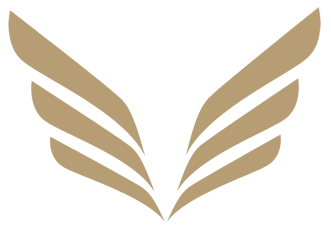I have a box client whom I dread doing their books. Each year, they gave me bag(s) of mess-up receipts, invoices, bills, bank, and credit card statements that looks like a house robbery in-progress. Oftentimes, papers were folded oddly or have water stained with no meaning pattern to follow. This is not the real challenge as I have other clients who did the same as I have no problem organizing them. I understand they hate paperwork.
The real challenge is even though the business owner has a business bank account and a business credit card account; they still pay business expenses by other means. This makes recording all business expenses challenging as we relied on bank and credit card feeds to record transactions. It is so easy to miss business expenses paid by other method. To make things challenging, the invoices that were paid has no written method & date of payment. This makes reconciling invoices with payments challenging. If it is just a few invoices, it would be easy to trace. However, if it is a mountain of invoices, it is a totally different challenge. Another challenge I encounter with this client is that they would sometimes transfer funds from business bank to personal bank in-order to pay a business expense. This becomes complicated to record as funds transferred to personal are oftentimes treated as shareholders loan or dividends. Very often when this client transfer funds back- and-forth between business and personal, they transferred in amount that looks like business transactions. For example, $245.45 or $11,233.00 or $728.00. When I see this numbers, I will have to take time to look into the nature of the transaction by asking the business owners. Another challenge I faced with their bank statement are payments with no names. Oftentimes, when you visit a bank teller to pay bills, you pay several bills to several suppliers. What shows up on the bank statement are on-lump-sum payment. This makes bookkeeping incredibly challenging. Finally, paying for personal expenses using business bank account. Often times, bookkeeper would assume the payment are for business purposes unless the payment is obviously personal in nature.
What should business owners do to help themselves and the bookkeepers?
At the end of the day, I want a win-win for my clients.
When you subscribe to the blog, we will send you an e-mail when there are new updates on the site so you wouldn't miss them.
